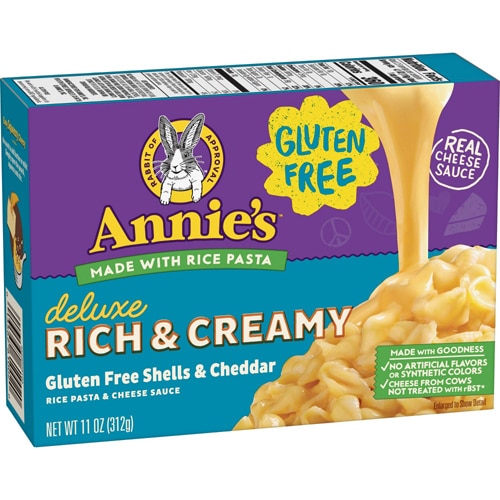There’s nothing like a home-cooked meal, right? It just seems to be more flavorful and more satisfying. And let’s not overlook the fact that preparing meals at home saves money.
Yet dining at home serves up what’s probably an even more vital advantage: Home-prepared meals tend to be healthier than restaurant meals.
Here are just five morsels of evidence indicating why eating in is preferable to dining out.
1. Cooking at home contributes to healthier diets.
A study published earlier this year in the American Journal of Preventive Medicine found that people scored better on the Healthy Eating Index when they cooked at home.
The study, by researchers at Oregon State University and the University of Washington, looked at a week’s worth of cooking and eating habits among more than 400 adults in the Seattle area, according to an Oregon State news release.
In households where residents cooked at home three times per week, the average score on the Healthy Eating Index was about 67. For those who cooked at home six times per week, the average score rose to about 74. Scores on the index range from zero to 100. A score over 81 indicates a good diet, 51 to 80 signifies the diet needs improvement and 50 or lower is considered poor.
2. Cooking at home reduces calorie consumption.
When people frequently fix meals at home, they consume fewer carbohydrates, less sugar and less fat than those who cook at home irregularly or not at all, according to a study published in 2014 in the journal Public Health Nutrition.
In examining four years of data from a national health and nutrition survey, researchers discovered that on an average day, the 8 percent of adults who cooked dinner once a week or never cooked dinner consumed 2,301 calories, 84 grams of fat and 135 grams of sugar — all above ideal levels. That’s according to a new release from the Johns Hopkins Bloomberg School of Public Health.
Meanwhile, the nearly 50 percent of adults who cooked dinner six to seven times a week consumed 2,164 calories, 81 grams of fat and 119 grams of sugar on a typical day, according to the study. That’s still high, but it’s better than the group who hardly cooked at home.
3. Cooking at home saves money.
A 2013 experiment by the Boston Globe found that a home-prepared meal for two cost $11.84 per person, while the same meal at a chain restaurant was more than double that —$23.84.
The Cheapism blog came to a similar conclusion in 2016. For a family of four, a home-cooked chicken meal cost roughly $32 or less, even when accounting for food waste, the blog says, while a takeout meal with the same ingredients cost an average of $46.90 and the dine-out version added up to more than $50.
From 2014 to 2015, the amount of money that Americans spent on food at home inched up by 1.1 percent, according to the U.S. Bureau of Labor Statistics. During the same period, however, the amount of money Americans shelled out for food away from home jumped by 7.9 percent. So there appears to be a disconnect between cost and convenience.
“Americans love eating out [at] restaurants. Either that or they hate the grind of cooking, eating at home, and packing their own lunches for work and will do almost anything to avoid all of the above,” Time magazine noted in 2016.
4. Cooking at home gives us more control.
When you fix meals at home, you’ve got control over salt, fat, portion size and other components of breakfast, lunch and dinner, registered dietitian and holistic nutritionist Meg Hagar says. By contrast, some of that control can slip away when you eat out.
“Anyone can benefit from having more control over how our food is made and portioned, but eating food from home may be particularly helpful for anyone those trying to lose weight, with food allergies, or following a special diet due to medical conditions,” Hagar says.
To make it easier to prepare food at home, Hagar recommends keeping plenty of plastic containers on hand to store leftovers, investing in a slower cooker to ease the cooking-at-home burden, and packing a lunchbox or lunch bag so you can avoid eating out during the workday.
Planning meals is key, she says. “Personally, I find that I really only end up eating out when it’s unexpected,” Hagar says.
5. Cooking at home brings joy.
Registered dietitian Lindsey Janeiro promotes cooking at home as an avenue for adding fun to the dining experience, especially if it’s a shared experience.
Cooking with a partner, a friend or family members “is a great way to relieve stress, try something new, create conversation, laugh and make fun memories — all of which can contribute to health and well-being,” she says.
Bonus points: Research suggests engaging your entire family in the process of making dinner can prompt your kids to try new foods, according to Janeiro.




